Nature's latest article: there is a wave of resignation in academic circles. Among them, scientists in the middle of their careers are especially important. Their collective destination is to turn to industry. In fact, this trend has a long history. As early as 2018, a study predicted that higher education would lose half to two-thirds of its academic practitioners within five years.
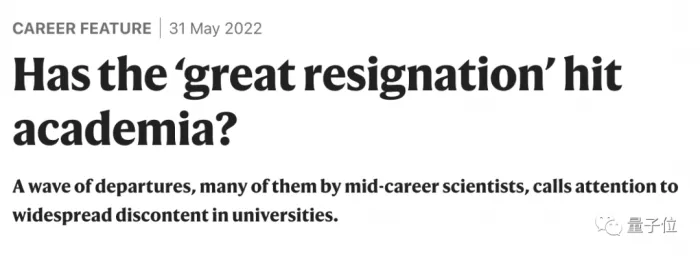
The pandemic has intensified this trend and laid the foundation for large-scale exodus.
There are many private mutual aid groups like "the professor is out" and "doctor mother" on social networks. In the past year, their members have increased from hundreds or thousands to tens of thousands. Many of them are discussing how to leave the academic community.
As for the topic of leavengacademia, the heat only increases.

But this is the opposite of what we have heard in recent years. A large number of scientists who had previously poured into industry in China are returning to universities
-Zhou Bowen, vice president of JD and AI Daniel, joined the Department of electronics of Tsinghua University;
-Qi Yuan, chief scientist of ant AI, joined Fudan University as the dean of AI innovation and Industry Research Institute;
-Lilei, director of byte beating AI Lab, left his job and joined UCSB;
-Maweiying, vice president of byte beating and director of AI Lab, joined the Intelligent Industry Research Institute of Tsinghua University;
-Weixiucan, founding president of Kuangshi Nanjing Research Institute, became a professor of Nanjing University of technology.
……
Even earlier, Zhang Yaqin and Zhang Tong returned from industry to academia.
So why on earth is there such a contrast?
A wave of resignations in foreign academic circles
Let's take a look at what nature says in this article.
First of all, there are indeed a large number of academic talents pouring into the industry, and they are scattered in various fields, including geoscience, biology, psychology, mathematics and so on.
A Google document launched under the twitter topic leavingacademia. In just 20 days, more than 400 retired scholars have been updated.
Their research fields have crossed over to the fields of literature, history, philosophy, music, sociology and so on.
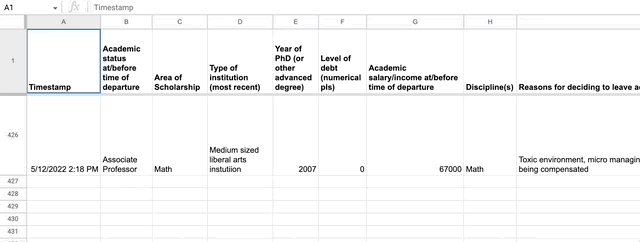
But even so, the core fields are still those: Biology (including Chemistry), medicine, computer, clinical psychology, etc.
Among them, there are still many people who have made some achievements in the academic circles.
The well-known health blogger @ Ziling is singing. Recently, he wrote that Gilad doitsh, another friend who is a cure for HIV, has left academia and gone to industry. In addition, this person has made an important breakthrough in the academic circles: in 2014, he published an article nature, which first revealed the most critical mechanism of HIV causing immune deficiency.

Why do these scholars, even those who have made achievements, rush to the industry at this moment? The big environmental background is mainly caused by salary and job satisfaction.
Professor Chen Yiran of Duke University shared an interesting work story: the professors discussed wages, but they complained that prices were high and wages were too low, which was far worse than the industry.
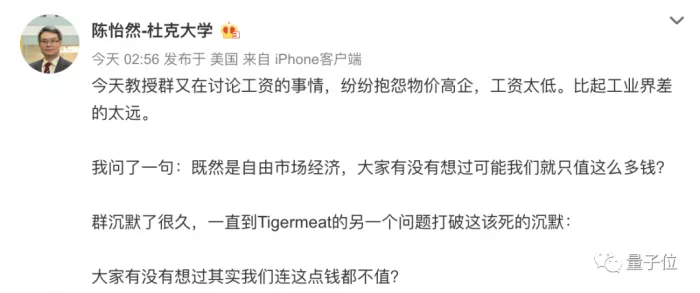
In the nature2021 salary and satisfaction survey, with the participation of more than 1200 researchers, nearly 37% of researchers in the middle of their career are dissatisfied with their current positions, higher than those in the early and late career (they account for 32% respectively).
Nature believes that these results explain why many mid-term scholars rethink their path.
And the welfare system in individual regions is also an influencing factor. In Britain, pension cuts have exacerbated strikes and resignations of university professors.
However, in addition to the general environment itself, the more essential or special reason is that some fields have indeed entered the landing cycle of industrial innovation, that is, the transformation of industry, University and Research Institute.
Biopharmaceutical is a typical example.
The traditional pharmaceutical industry is facing pain points such as high cost and long cycle. However, the addition of AI is expected to solve these problems. This ability has been gradually proved.
The seven AI pharmaceutical trends analyzed by qubit think tank show that whether it is clinical progress, R & D penetration or industrial acceptance, it is proving that AI based pharmaceutical technology has become an inevitable trend in new drug research and development.
From 2024 to 2026, the global AI pharmaceutical industry will usher in two rounds of explosive growth. By 2035, the domestic market alone will reach 204billion.
When technology comes to the industrial world in a rapid and large-scale manner, it is bound to attract more talents.
Talent flow is related to technology development cycle
Of course, the example of professional leaders leaving the industry is also happening in China.
For example, in the field of biological computing, two industry leaders left the campus last year and started their own businesses.
Professor xujinbo, known as "the first person in the world to predict protein structure by Ai" in the industry, founded the company moleculemind in Beijing in January this year, aiming to help industry experts quickly identify and design the most appropriate protein by using AI technology.
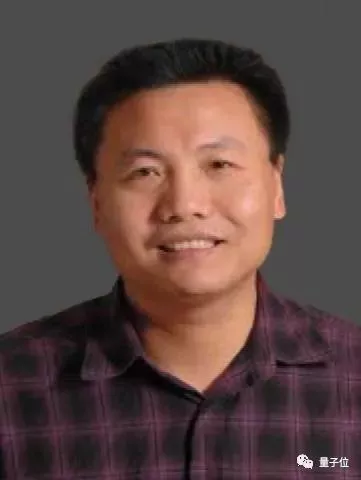
In 2016, the raptorx contact method developed by him proved the feasibility of deep learning to predict protein structure for the first time. Alphafold is based on his team's previous research results.
On the other hand, Professor PENGJian, who also participated in the development of raptorx contact method at that time, also established Huashen Zhiyao last year. They want to combine self-developed high-throughput biological experimental technology to provide researchers with intelligent systems for micro world molecular computing, simulation and design.
At the end of last year, its helixonai broke the alphafold2 record.
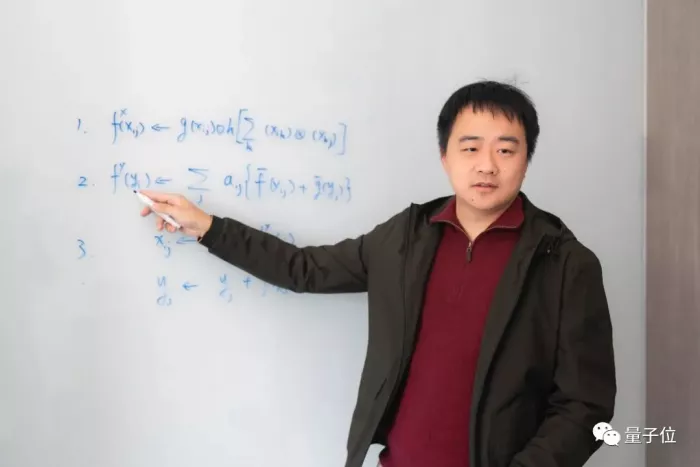
It may not be a coincidence that the above two professors have successively stepped into industry.
Influenced by the general environment and key technological breakthroughs, bio computing and biopharmaceutical are at a new development stage in the past two years. The industry is in urgent need of high-level talents to lead innovation, and the development model also needs to be constantly explored. Therefore, it is not surprising that industry leaders embrace the industry.
In fact, the direction of talent flow is one of the important wind vanes for judging the application of technological innovation.
The flow law is as follows:
-In the technological innovation cycle, talents flow from academia to industry;
-After entering the commercial landing period, talents will flow back from the industrial circle to the academic circle.
Take the AI industry as an example.
After 2012, as the in-depth learning ushered in the outbreak period, the global technology manufacturers are recruiting AI technical talents, and many industry leaders have entered the industry.
Domestically, in 2014, wuenda announced that he would join Baidu as the chief scientist.
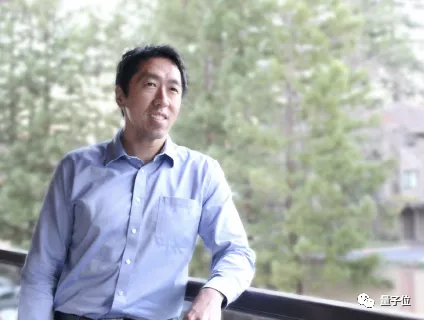
In the same year, Alibaba established idst, the predecessor of alidharma Academy. Jin Rong, a former lifelong professor of Michigan State University, joined Ali as the chief scientist and vice president of idst at that time.
Overseas, in 2013, Geoffrey Hinton, the father of in-depth learning, joined Google, and Yann Lecun was hired as the chief AI scientist of Facebook.
From 2017 to 2018, lifeifei, as a professor of Stanford University, took the posts of vice president of Google and chief scientist of Google AI / ml.
According to the guardian's 2017 survey of Britain's top research universities, the loss of AI talents in universities even affected normal research and teaching.
A professor at Imperial College London said that one of his doctoral students was working for Apple The six figure salary offered, and he gave up his studies directly.
But then, when AI began to land in various vertical industries, things changed, most notably in 2019.
At that time, zhangyaqin "retired" from Baidu and officially joined Tsinghua University. He was hired as the chair professor of "intelligent science" of Tsinghua University and took the lead in preparing to build the "Tsinghua University Intelligent Industry Research Institute (air)".

Lifeifei also completely left his job at Google and chose to continue to focus on academic work.
After leaving Tencent AI Lab, Zhang Tong came to Hong Kong University of science and technology to teach and joined the Innovation workshop.
In the next few years, there were frequent reports from major domestic manufacturers that tech giants had left their jobs and returned to the academic world, including Qi Yuan, maweiying, Li Lei, wangchanghu, zhoubowen
In February this year, Pete warden, technical director of tensorflow, suddenly left his job and chose to return to Stanford to study for a doctoral degree.
In his personal blog, he explained the reasons for leaving. He said that he always encouraged to try various tinyml projects with tensorflow Lite micro.
Previously, he also tried to experiment in Google, but Google's new hardware equipment is not only expensive and time-consuming, but also has a negative impact if it fails.
Therefore, after more than 20 years, he decided to return to the campus to study for a doctorate.
Why is there such a rule
It is actually a natural result of technological development that talents go around between academia and industry.
No matter the in-depth study of the fire a few years ago, or the computer graphics like the current biopharmaceutics and the meta universe.
At the beginning of technological innovation, scientists were rare and were hired with high salary and high salary as the chief scientist of the enterprise. For example, wuenda and zhangyaqin in those days, and wanghuamin, the current graphics Daniel, and so on.
Enterprises have also begun to set up research institutes. Needless to say, major manufacturers, Tencent, Alibaba and Huawei. Even those enterprises in the vertical field have their own research institutes, such as Lingdi in the 3D fashion industry.
More directly, it has become a trend for scientists to start businesses.
However, as the technology enters the landing period, there is an irreconcilable "paradox" between enterprises and scientists - the confrontation between research and products.
After all, the fundamental purpose of enterprise research is to build products.
However, academic leaders often expect to have enough free space to do scientific research, and can promote technological development step by step according to their professional cognition.
Because of their different starting points and emphases, contradictions and frictions are inevitable.
From an extended point of view, there are more financial issues behind this.
On the enterprise side, the ultimate goal of inviting scientists to build research institutes is to create revenue. As a cost center, the research institute spends money like water. If it can not quickly realize commercial realization, what does the enterprise rely on to support it?
But in the eyes of pure scientists, it is a long-term thing to explore the most cutting-edge issues, regardless of cost and revenue, and allow their own research to be downgraded for "short-term" benefits?
More intuitively, once the enterprise is in financial tension or reaches the development bottleneck period, the internal research institutes will often be affected.
As a result, we often see such a phenomenon that every time the new technology cycle comes, scientists enter enterprises for research; But when the technology tends to be applied, they often lose and return to the academic world.
This has led to the scarcity of successful enterprise research institutes and few sustainable models. Just like Microsoft Research Asia, which has lived for more than 20 years, it can not achieve "self creation".
Reference link:
[1]https://weibo.com/2199733231/LvMtu6BmC
[2]https://www.nature.com/articles/d41586-022-01564-8
[4]https://twitter.com/search?q=%23leavingacademia&;amp;src=recent_search_click